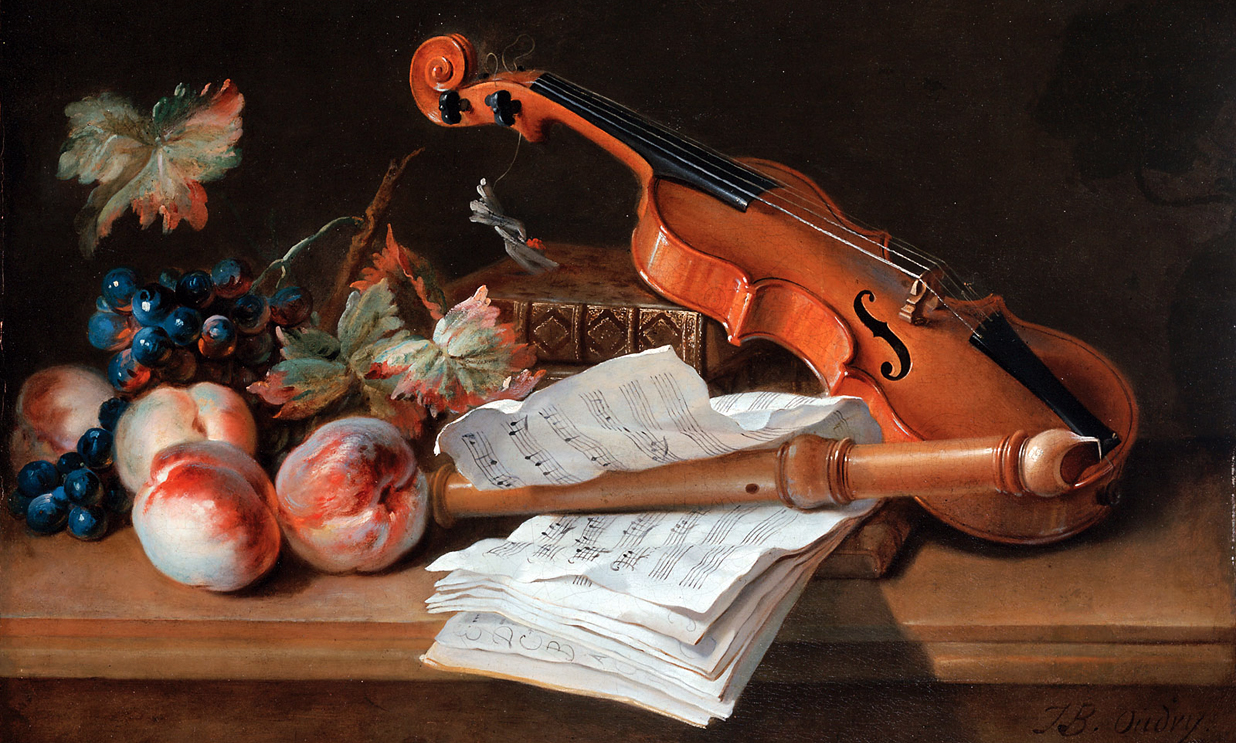
Intervallic Qualities of Music Construction
by Lee Duane FitzSimmons
When it comes to building melodies, there are several factors to consider. However, most of these concepts are only cognized after the intuitive process of constructing a melody is complete. Therefore, it is often useful in hindsight to analyze the melodies that one has constructed in order to gain a more objective observation about what has been created during the moment of inspiration, so as to further develop more options and see if any other creative routes may be pursued by using one's former creations as a guideline.
The first elements that can be analyzed are the intervals used in one's melodic creations. Smaller intervals tend to produce more soothing and relaxed qualities while larger leaps tend to produce more excitement and urgency. There are numerous exceptions to these statements, so they should be perceived as general guidelines and not harsh unbending rules of conduct. For example, the main theme of Beethoven's Ninth Symphony only uses single step intervals throughout its entirety with the exception of the major fifth and major sixth leaps that occur at the end of the B section just prior to the return of the last A section in the AABA format of the melody. This portion of the melody sets up the final recapitulation of the primary melodic idea so that it can give closure to the entire melodic structure.

Another intervallic factor to consider is the quality of the interval used. For example, a leap of a tritone will produce a very disturbing and unsettling sound. In fact, the tritone was once called the "devil's interval" for this very reason. However, if the tritone is placed within the context of the dominant seventh (V7), then it is not generally perceived to be anything out of the ordinary to most modern day listeners. Other non-diatonic leaps will also produce this type of disturbing effect.
There are also intervallic patterns that can be stated and then restated (especially in complimentary contrapuntal lines) in order to establish a familiarity with a melodic motive. When this type of tool is used, one can often create some very passionate expressions with melodic lines, especially if these melodic ideas employ some of the larger diatonic leaps like a sixth, seventh, or ninth. Even an octave leap can be quite effective in this manner, as can be seen in the opening interval of the melody of the song "Somewhere Over the Rainbow."
However intervals are used when intuitively improvising or constructing a melody, it is quite often beneficial for the creative process to go back and see what type of results were produced when certain tools were used. Of course, this type of analysis can also be done with melodies created by others.
* * *
INDEX
 |
 |
 |
 |
 |
 |
HOME * BOOKS * SANCTUARY * BIOGRAPHY
JAZZ * SYLVAN * ELECTRONIC * SYMPHONIC * ROCK * REGGAE
Copyright 2014 by Lee Fitzsimmons